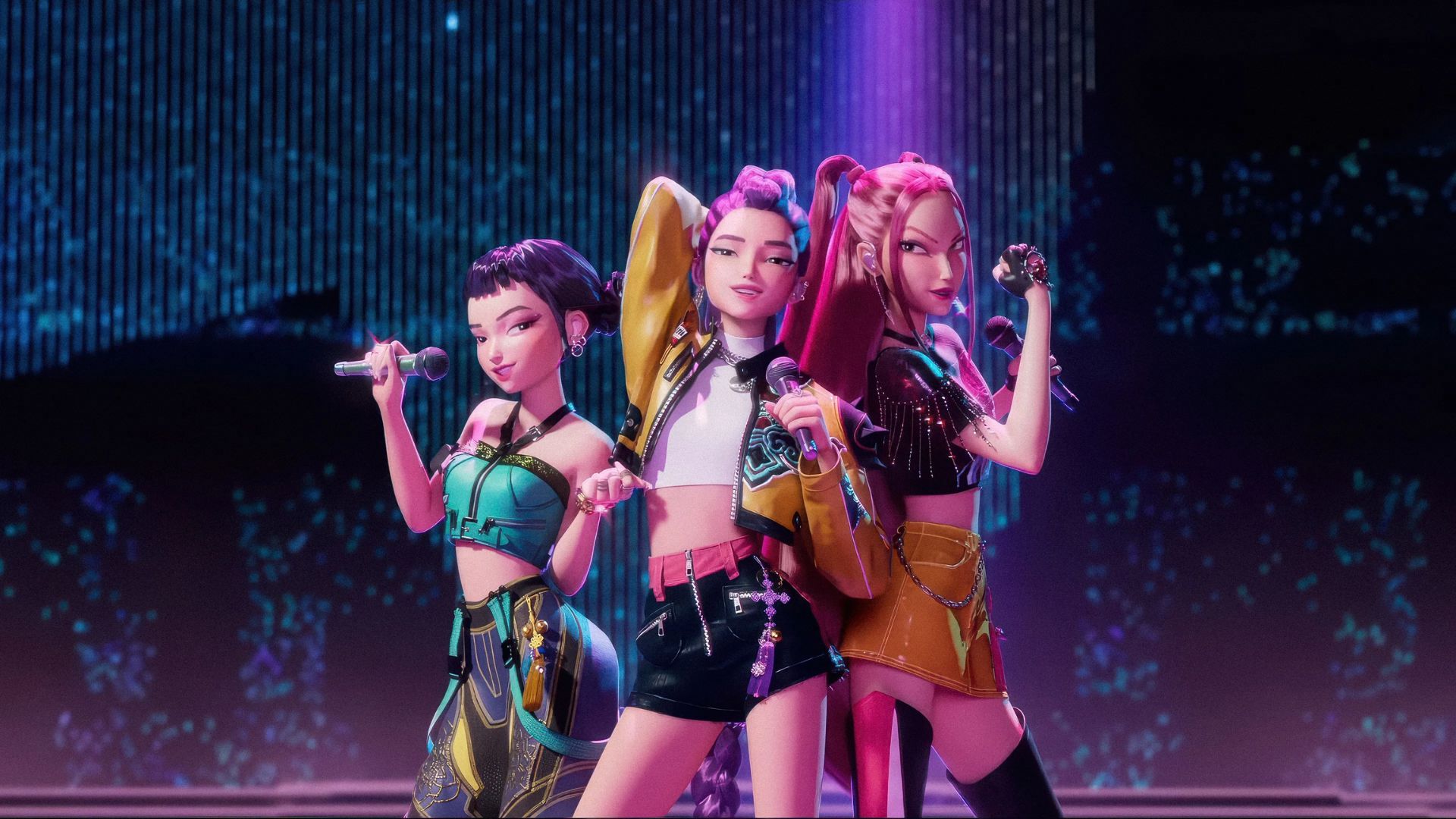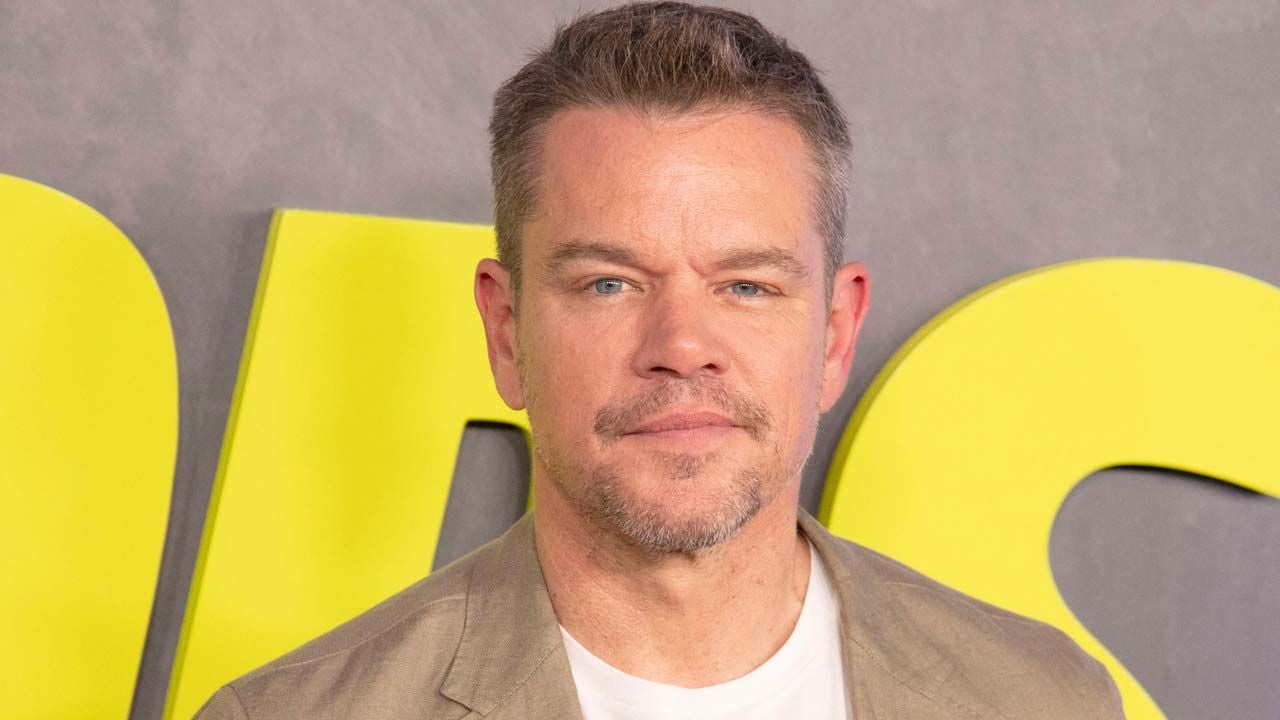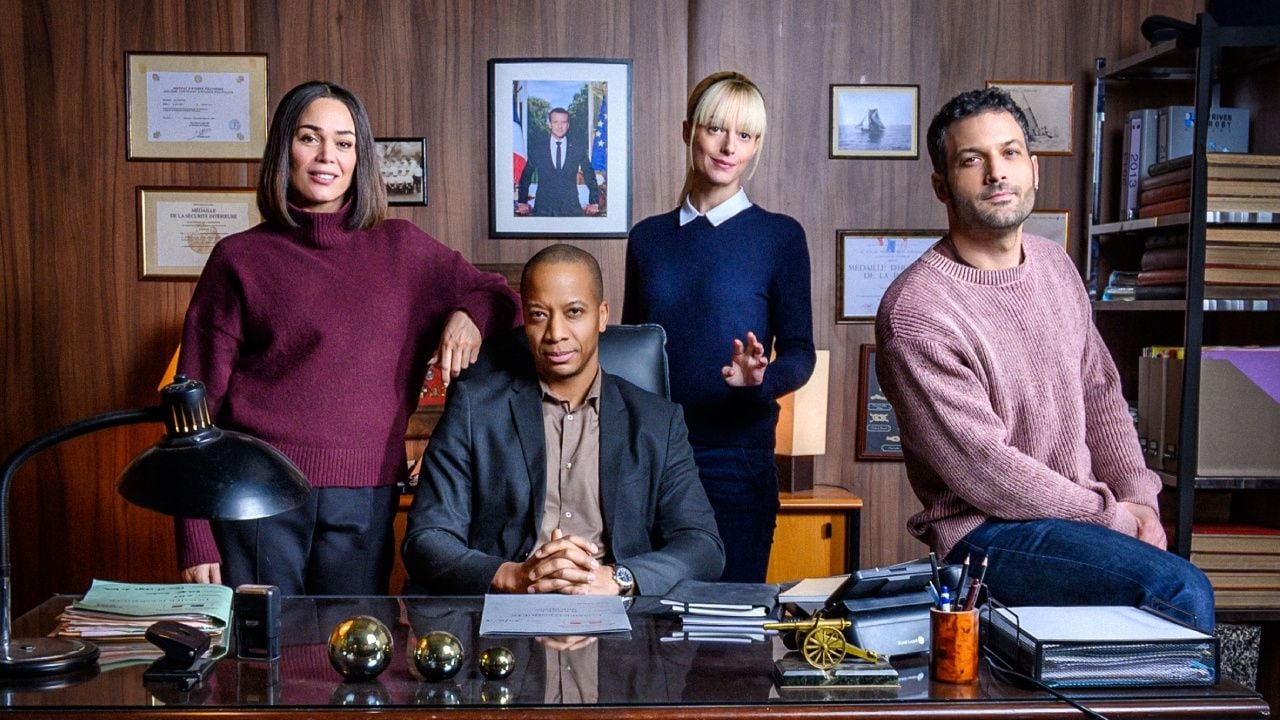Jia Zhangke’s great return to Cannes
6 years after the superb The Eternals (2018), and after directing the documentary Swim until the sea turns blue (2020), Jia Zhangke was back 77th Cannes Film Festival with Caught by the tides (competing). With this film the Chinese director does not change his habits, returning to directing Zhao Tao (his wife) in a three-part story. He tells it there the story of a failed loveof a breakup and an attempt to find oneself again, in a surprising journey of From 2001 to 2023 until 2006. Which then allows the director to “show the very essence of what life is like in China” he said at a press conference, and to paint a portrait of a country in permanent reconstruction.
A unique fusion of images
He approaches reconstruction in the very form of his film, with a fascinating first part in his image work. The feature film opens (almost) with a group of women who take turns singing popular songs. The staging (camera shots and 4:3 aspect ratio) gives the impression of a documentary. Then Zhao Tao finally appears, dancing, in 16:9 format. The actress looks rejuvenated, and that’s exactly what Jia Zhangke used to do Caught by the tides from the he rushes of his previous films (the project dates back to 2001). And finally he adds to this archive the images of the provinces in which the film is set.

Jia Zhangke mixes these images, even incorporates photographs and thus donates his work a unique and exciting shape. Then we no longer know what is true or false, reality or fiction. Even more so when a surveillance camera recording begins to merge with the director’s favorite actress in a great moment. This does not prevent the latter from showing a certain virtuosity with his camera, as in this long lateral tracking shot filming passers-by on a street, some of whom seem amused by the presence of the camera.
Zhao Tao is still notable
It is in this first part that Caught by the tides it is the most interesting in terms of shape. It is also here that the music, omnipresent in the film, is most electrifying, ranging from metal to 2000s electro-pop via trip hop, and always with these folk songs sung here and there by strangers. Music that in a certain sense replaces the words of Zhao Tao’s character, which has no dialogue here. Enough to make Anya Taylor-Joy seem like a real chatterbox with her 30 lines of dialogue Furious. Which doesn’t stop Zhao Tao from doing so say a lot through the emotions he conveys and his gaze. The actress delivers, as usual, a remarkable performance.

Her character is a woman like many others, who sees her partner leave her from one day to the next, in 2001. The latter, needing to find something else, leaves a city in northern China for an area in the south-west of the country . It is to this region that Zhao Tao will next travel, in the hope of finding him, but in the end he will succeed wander the streets under construction. This time it is 2006 and China celebrates the victory of the 2008 Olympics. A “simple” historical stage for Jia Zhangke which focuses on the attachment to a love that no longer exists. Or, more generally, in the journey of the entire generation of her that she sees time passes and humanity moves away increasingly. Until 2023, during the Covid periodwhere masks have replaced faces and where the robots occupying shopping centers tirelessly try to communicate.
Caught by the tides by Jia Zhangke was presented in Official Competition at the 77th Cannes Film Festival. The film will be released in theaters soon.
Source: Cine Serie
Ray Ortiz is a journalist at Gossipify, known for his coverage of trending news and current events. He is committed to providing readers with accurate and unbiased reporting, and is respected for his ability to keep readers informed on the latest news and issues.









